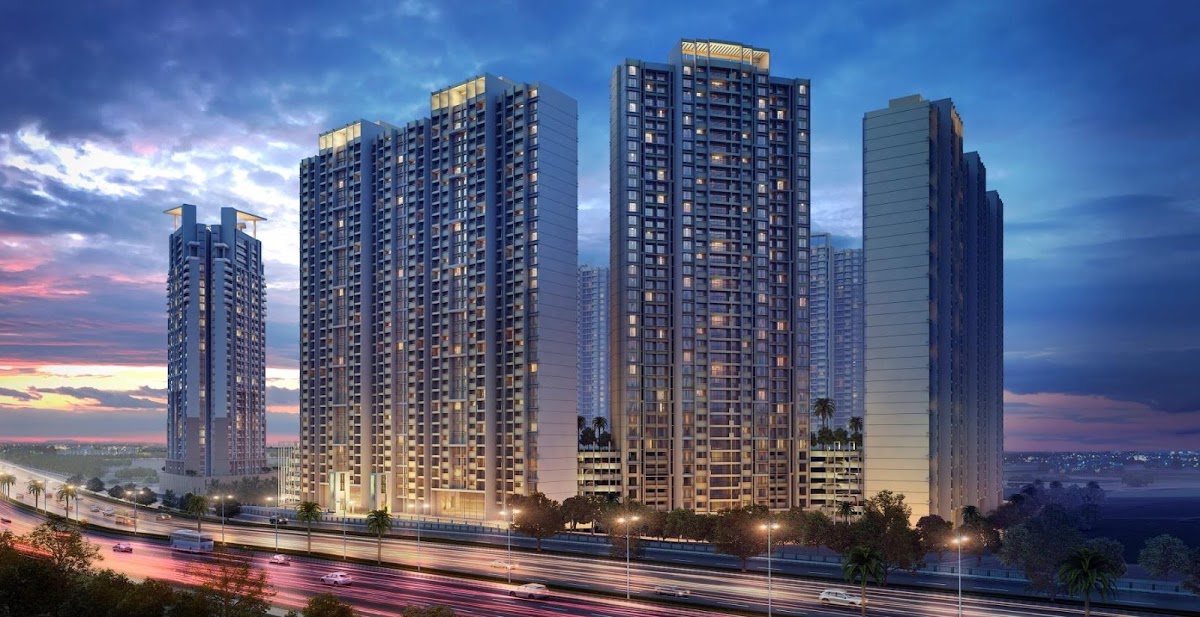YEAR 2021 GRACEFUL EXIT


RBI kept the repo rate unchanged at 4% for 9th time in a row "to revive and sustain growth on durable basis". However, RBI Governor Shaktikanta Das also expressed that the persistence of CPI inflation is an area of policy concern in view of input cost pressures that could rapidly be transmitted to retail inflation as demand strengthens. Similar mixed views have been voiced by various industry experts given the recent Omicron virus unsettling impact on the stock market and the situation of lockdowns in various states.
THE SILVER LINING
Rising from the lows of the previous year, the year 2021 saw remarkable real estate sales performance. Covid accelerated the desire of owning a home, prompting the fence sitters to make a decision. The stamp-duty cuts in states like Maharashtra, Karnataka and West Bengal and multi-year-low interest rates as well as realty firm’s incentives and discounts acted as a booster for housing sales. The acceleration in e-commerce during this time saw warehousing, reach high growth trajectory. Same exuberance was not so true for the commercial and the retail segment, though they are fast gaining the lost ground as 2021 ends. In fact, shoppers surprised analysts by returning to malls so quickly.
THE NEW ENERGY
The year ending has seen a wave of new project launches across cities as demand for housing grew in the festive season. And, this housing demand is expected to remain in an up cycle in the near term as well. There are first time homebuyers looking for affordable homes, mid-income homeowners planning to upgrade to bigger homes and the luxury homes and vacation homes are finding favour among HNIs.
The surge of real estate IPOs in recent months is a testimony to the consolidation and growing professionalism in the sector. Listed companies are predicting a growth of 15-20 per cent. Realty stocks too gained momentum amid bullish outlook on India's real estate sector and signs of demand revival in the residential and commercial properties space. The NSE Nifty Realty index hit an all-time high this year and was up over 100 per cent in a year.
The latter half of the year also saw closing of large office deals, highlighting occupier’s confidence in revival of office spaces. Furthermore, listing of REITs, asset diversification, distresses opportunities and high growth in data centre and warehousing had been driving the institutional investments in 2021.
CHANGING ITERATIONS
The pandemic has not only changed customer’s buying patterns but also developer’s selling methods. Digital marketing and streamlined online home buying platforms have become the primary sales and marketing channels for real estate organizations. In addition, year 2021 saw the market share of large organised developers growing at a faster pace than ever before. Independent floors, plotted townships and second homes are finding preference among the developer’s and homebuyers alike. Mixed developments comprising residential retail, hospitality and offices that are coming up this year are setting the tone of the trends to come. Reverse migration has given tier-II cities a new place in the India’s real estate growth story, also driven by fast track infrastructure growth and acceleration in E-commerce across smaller towns.
ENDING ON A GOOD NOTE
Year 2021 can be considered noteworthy for real estate, for its show of resilience and continued operations amidst challenges. As a matter of fact, the sector has come out stronger and more mature. Although, prices of key raw materials such as steel, cement, aluminium and copper rose sharply this year, driving up construction costs, the home affordability in India too was at its decadal best in 2021. Interestingly, the investments in Indian real estate kept pouring in 2021 and new age segments of data centres, warehousing & logistics and industrial parks became the sought after asset classes among global investors.
THE NEW BEGINNINGS
If the year 2021 is any indication, the coming year is full of hope for the real estate sector as well as its buyers and investors. Will Omicron cast its shadow? That is a big question though real-estate sector remains unperturbed. As per experts it seems to be a less effective variant and it will be a much shorter wave. Moreover, much will depend on the infrastructure of the respective states and preparedness to handle the situation.
The resiliency of the sector was in full force in year 2020 and the year 2021 saw developers pivoting with greater force towards technology and re-setting their development models to pave way for recovery. The coming year is expected to continue the drive towards innovation and re-calibration for growth and success
CHANGING ITERATIONS
The pandemic has not only changed customer’s buying patterns but also developer’s selling methods. Digital marketing and streamlined online home buying platforms have become the primary sales and marketing channels for real estate organizations. In addition, year 2021 saw the market share of large organised developers growing at a faster pace than ever before. Independent floors, plotted townships and second homes are finding preference among the developer’s and homebuyers alike. Mixed developments comprising residential retail, hospitality and offices that are coming up this year are setting the tone of the trends to come. Reverse migration has given tier-II cities a new place in the India’s real estate growth story, also driven by fast track infrastructure growth and acceleration in E-commerce across smaller towns.
ENDING ON A GOOD NOTE
Year 2021 can be considered noteworthy for real estate, for its show of resilience and continued operations amidst challenges. As a matter of fact, the sector has come out stronger and more mature. Although, prices of key raw materials such as steel, cement, aluminium and copper rose sharply this year, driving up construction costs, the home affordability in India too was at its decadal best in 2021. Interestingly, the investments in Indian real estate kept pouring in 2021 and new age segments of data centres, warehousing & logistics and industrial parks became the sought after asset classes among global investors.
THE NEW BEGINNINGS
If the year 2021 is any indication, the coming year is full of hope for the real estate sector as well as its buyers and investors. Will Omicron cast its shadow? That is a big question though real-estate sector remains unperturbed. As per experts it seems to be a less effective variant and it will be a much shorter wave. Moreover, much will depend on the infrastructure of the respective states and preparedness to handle the situation.
The resiliency of the sector was in full force in year 2020 and the year 2021 saw developers pivoting with greater force towards technology and re-setting their development models to pave way for recovery. The coming year is expected to continue the drive towards innovation and re-calibration for growth and success
SOME OF THE DISTINGUISHING TRENDS OF THE YEAR
- Preferential shift towards, ready to move homes, plotted developments and premium independent floors
- Preference for branded realty firms and developers of repute
- Luxury apartments, Villas and second homes fared well
- City Suburbs and Tier-II cities saw maximum project launches
- Year 2021 witnessed a bull run in real estate stocks
- Q3 2021 saw rise of 1-4 per cent in the average property prices across top cities
- Contrary to the prevalent trend, mid-segment housing clocked better sales than affordable housing
- Exponential growth of Warehousing space crossing transactions of over 31 million sq. ft.
- Office space net absorption for Q3 2021 at 5.9 million sq ft, was the highest in the year to date.
- Flex spaces formed significant share of office space leasing at 16-18 per cent in total
- The Year saw 31 institutional investment deals against 19 deals during the same period last year.
THE BULLISH MOMENTUM IN THE REAL ESTATE SPACE HAS BEEN SEEN AFTER A DECADE OF UNDERPERFORMANCE. RECOVERING FROM A DOWN CYCLE OF THE LAST SIX YEARS, THE RESIDENTIAL REAL ESTATE IS SPEARHEADING THE REVIVAL.
IN 2021 INSTITUTIONAL INVESTMENTS HAVE BEEN TO THE TUNE OF $3.2 BILLION SPANNING 31 DEALS ACROSS ASSET CLASSES THAT INCLUDE WAREHOUSING, OFFICE SPACES, RESIDENTIAL PROJECTS AND DATA CENTRES; AS AGAINST $5 BILLION- $5.9 BILLION, BETWEEN THE YEARS 2017 AND 2020.
Tags : RBI Governor Shaktikanta Das YEAR 2021 Digital marketing real-estate sector INSTITUTIONAL INVESTMENTS WAREHOUSING OFFICE SPACES RESIDENTIAL PROJECTS DATA CENTRES Independent floors plotted townships second homes
